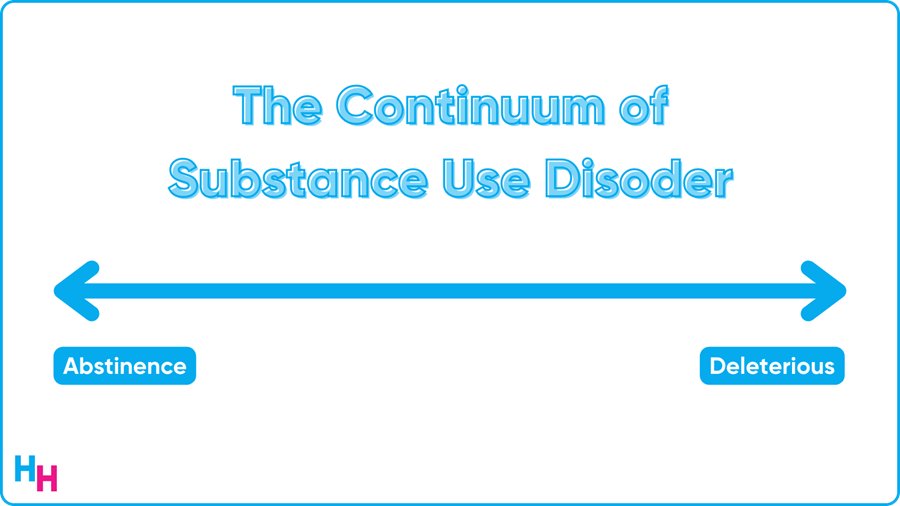30 June 2022 | Healthcare
The Other Epidemic
By workweek
By the time you finish reading this newsletter, at least one American will have died from an opioid overdose.
Overdose deaths have increased nearly 50% since the pandemic began, according to new data from the CDC. 2021 alone saw a record 108K overdose deaths, likely driven by fentanyl-laced drugs.
The Deets
While the 108K deaths included all types of drugs, most deaths involved opioids. And of those opioid-related deaths, around 70% were synthetic opioids like fentanyl, which is up to 100x more potent than morphine. The overdose toll on individuals and society is devastating, with young people amassing greater than 1.25 million years of life lost.
What’s particularly concerning is the shift in who is affected by overdose deaths.
- Adolescents: The rate of drug overdose deaths among adolescents was 2.36 per 100K in 2019. In 2021, it was 5.49 per 100K, a 133% increase over two years. Additionally, fentanyl-related deaths among teens increased 250% during that same period, from 1.21 per 100K to 4.23 per 100K. American Indian and Alaska Native teens had the highest overdose death rate (11.79 per 100K), followed by Latinx (6.98 per 100K).
- Race: The overdose mortality gap among Black and white individuals was reversed during the pandemic. Overdose deaths among Black individuals increased from 24.7 per 100K in 2019 to 36.8 per 100K in 2020—16.3% higher than white individuals’ in 2020. A decade earlier, the overdose death rate for white individuals was double that of Black individuals. American Indian or Alaska Native populations still face the most considerable burden of overdose deaths among all races and ethnicities.
My Thoughts
The pandemic has made us numb to catastrophic mortality numbers, allowing us to distance ourselves from the horrific reality of two epidemics: Covid-19 and opioid overdoses. Ironically, one epidemic (Covid-19) has exacerbated the other epidemic (opioid overdoses).
It’s easy to feel hopeless as a provider thinking about the progress—or lack thereof—in helping those with substance use disorder. I believe substance use disorder (addiction) needs to be viewed differently. Instead of thinking of addiction as a “bad habit” that people will eventually “outgrow,” we should consider it like any other chronic disease. Just like patients with type I diabetes need insulin, patients with addiction need access to effective medications and harm reduction measures.
Adopting this mindset requires bridging together old school thought and new school thought.
- Old School: “The goal is to get people to stop using drugs entirely.”
- New School: “The goal is to recognize that ‘stop using drugs entirely’ is often infeasible, and the next best treatment we can provide is medication therapy and harm reduction strategies.”
Combining these two schools of thought requires us to view addiction on a continuum. The continuum starts with abstinence and ends with deleterious. At any point in time, someone with substance use disorder is on this continuum.

In the context of opioid use disorder, someone closer to abstinence may be able to start methadone treatment and taper off. Often, though, patients may need to stay on methadone for the rest of their lives—just like patients with type I diabetes need insulin for the rest of their lives. However, someone closer to the deleterious end may best benefit from harm reduction strategies such as providing them with sterile syringes, drug-checking supplies for safer use, and naloxone to treat opioid overdose.
At the end of the day, “108K overdose deaths in one year” screams that this public health crisis is far from over. Viewing substance use disorder on such a continuum will help providers recognize the complexity of addiction and the different tools we can use to help those in need.